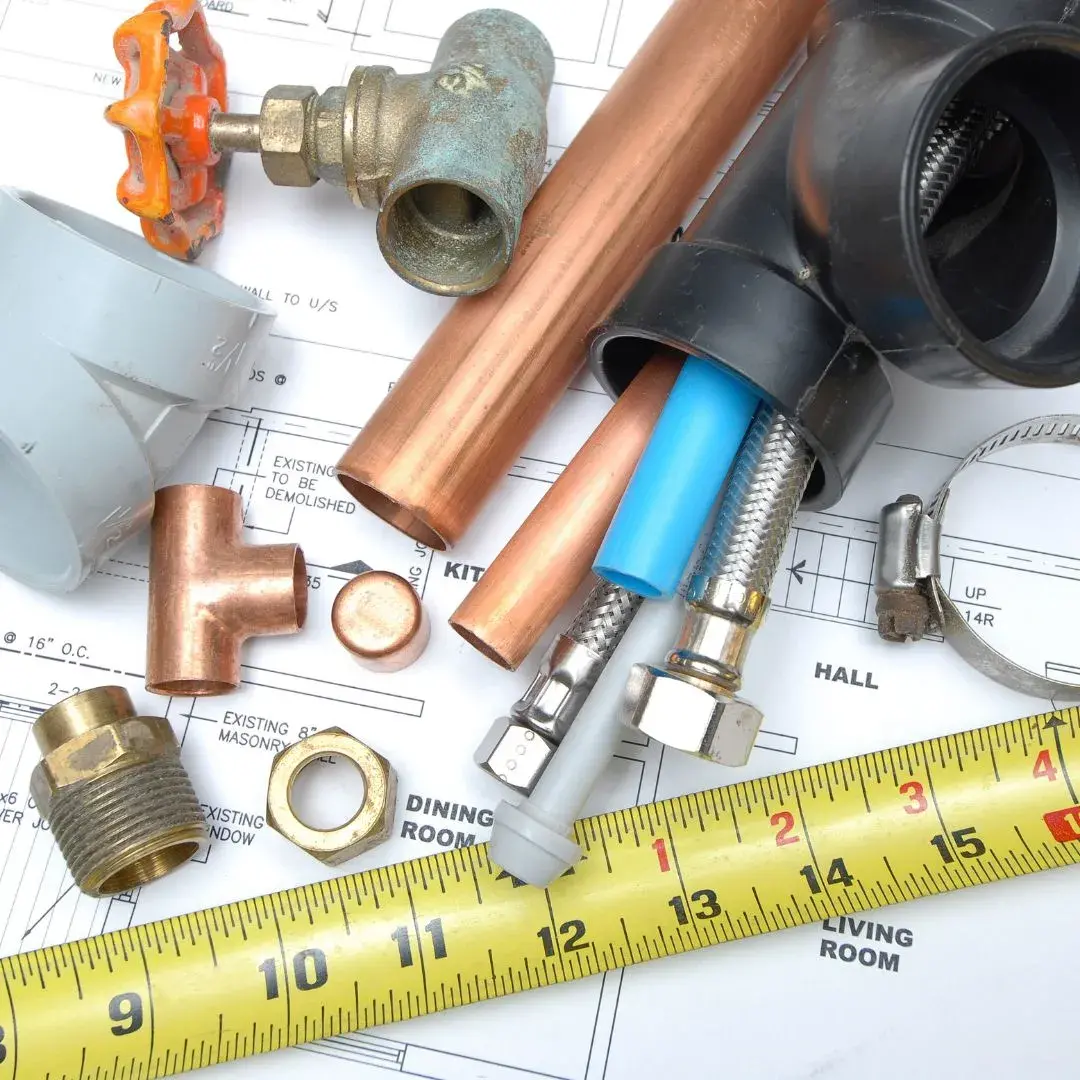5 Essential Plumbing Repair Techniques Every Homeowner Should Know
Plumbing problems pose potential pitfalls for a plethora of homeowners. You're not alone if you've been flabbergasted by a faucet that won't stop leaking or a drain that seems perpetually plugged. It's often tempting to call a professional plumber straight away, but there's a lot you can handle on your own if you're armed with the right knowledge.
We're going to explore five essential plumbing repair techniques that every homeowner should know, which can save you significant time and money. However, tackling these tasks isn't just about problem-solving; it's about understanding your home's plumbing system and becoming a more confident homeowner.
What's the first step, you ask? Well, let's dive in and find out.
Understanding Your Home's Plumbing System
Before you can tackle any plumbing repairs, it's crucial that you have a clear understanding of your home's plumbing system. Think of it like a circulatory system, but for water. You've got two main components: the water supply system and the drainage system. The water supply system brings fresh water into your home while the drainage system removes wastewater.
Knowing the basics, like where your main water shutoff valve is located, can save you a lot of time and stress in an emergency. You don't want to be scrambling around searching for it when water's pouring out of a burst pipe.
Fixing a Leaky Faucet
Now that you're familiar with the basics of your home's plumbing system, let's tackle one of the most common issues you might face - a leaky faucet. This common annoyance isn't only a nuisance but also a waste of water and money. Don't worry; you're part of a community of homeowners familiar with this issue.
First, you'll need to identify the type of faucet you have; it's usually a ball, cartridge, or disc type. Next, turn off the water supply to prevent a flood while you work. Typically, you'll find the problem in a worn-out O-ring or a corroded valve seat. Replace these parts, and you've likely solved your problem!
Unclogging Drains the Right Way
Moving on to another common plumbing issue, unclogging drains properly can save you from a lot of potential mess and frustration. It's a skill you'll find handy, especially when encountering unexpected blockages.
First, try using a plunger. Place it over the drain and give it a few forceful pumps. If that doesn't work, you might need a plumber's snake. This tool can reach deeper into the pipe to dislodge stubborn clogs.
Lastly, consider using a drain cleaner, but be careful. Some chemicals can damage pipes. Always read and follow the instructions.
Repairing Running Toilets
Just as dealing with clogged drains requires specific tools and techniques, so does addressing the issue of a running toilet, another common household plumbing problem you're likely to face. This issue often stems from a faulty flapper or fill valve, both easily replaceable parts.
First, shut off the water supply. Next, if it's the flapper causing trouble, remove the old one and install a new one in its place. If it's the fill valve, unscrew the old one, then screw in the new one.
Replacing Damaged Pipes
Over time, even the sturdiest pipes can fall victim to damage, and when this happens, it's crucial to know how to replace them effectively and efficiently. As a homeowner, you're part of a broader community of DIYers who've faced, and overcome, similar challenges.
Here's a simple replacement process for you:
- Identify the damaged pipe.
- Check for rust, cracks, or leaks.
- Get the necessary tools.
- You'll need a pipe cutter, wrench, and replacement pipe.
- Handle the repair.
- Turn off the water supply.
- Cut the damaged pipe.
- Install the new pipe.

